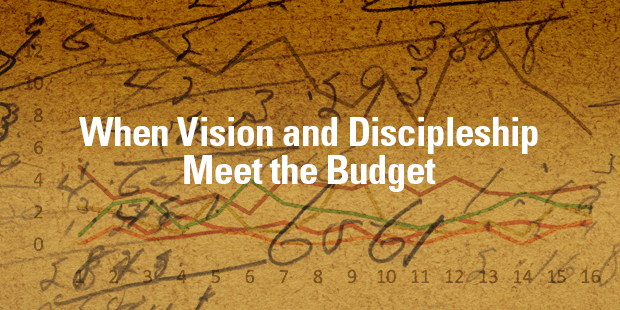
6 Ways to Maximize Your Budgeting Process
Some people believe a budgeting process is a waste of time. I don’t mean the people who have a visceral reaction to budgets and strategy, but there are prudent and wise leaders who view a long budgeting process as bad stewardship. They say things like:
We don’t even know how this year will end.
“We are using this year as a starter for next year, and this year’s story is still being written” is not an unwise or untrue statement.
My budget is irrelevant the first day.
Because things are changing, this is true. Budgets are based on a forecast of the future, and financial forecasters even articulate that the first rule of forecasting is that they are wrong. So why in the world would one invest inordinate amounts of time in a budgeting process?
I agree with their sentiment. A long and complex budgeting process with layers and layers of meetings and communication is overdone and a waste of important time. But before you go overboard with that statement, understand that I am not willing to abandon the budgeting process all together. Instead, I would rather maximize it, make it fruitful, and ensure it is helpful to the team. Here are some thoughts on how not to waste your budgeting process:
1. Start with mission and strategy.
Jack Welch declared that strategy is merely resource allocation, meaning a budget is really a reflection of your strategy. It shows what you value and where you are putting emphasis and focus. Connect any strategic planning you do to your budgeting process. Disconnecting strategic planning from budget planning is not wise. Make budgeting about strategy, not finances.
2. Identify the biggest opportunities for growth and impact.
As you plan, look for the biggest opportunities for growth. Set goals in connection with those opportunities, and plan to finance the biggest opportunities generously.
3. Find waste and re-invest it.
If you and the team have gotten stronger, there is always new waste to pull out of the spending. If you use the budgeting time to uncover expenses that could be better used elsewhere, you are often able to finance the big opportunities. Budgeting lesson: Take funds from what is less fruitful to fund what could be more fruitful. To do that, you must read the next item:
4. Don’t straight-line.
A common mistake in budgeting is to take what you are currently spending in a category and project that for the next year (called straight-lining). Basically, current expenses are copied and pasted as next year’s expenses. But there may be some unwise spending and waste within the category. If you straight-line, you may be straight-lining bad stewardship.
5. Use the time to learn and re-learn.
I learn something new every budgeting cycle. Because people are focused on the type of questions that budgeting raises, the conversations are quick and helpful. Approach budgeting time as a time to learn and re-learn how resources are allocated in light of your strategy.
6. Form a contingency plan.
For the last decade, I have used budgeting to form growth plans. But I have also learned to use that time, the time when everyone is looking deeply into the finances, to form a contingency plan. What will we do if we need to cut 10% from our budget? The plans can be high-level and even on just one page, but I would rather think about a challenging scenario before the chaos of the scenario hits. File the plan away and hopefully you will never need it.
Connect with an Auxano Navigator to learn more about a Generosity Culture in your church.

Tags: Budget Process, Eric Geiger, church budget, church budget process















